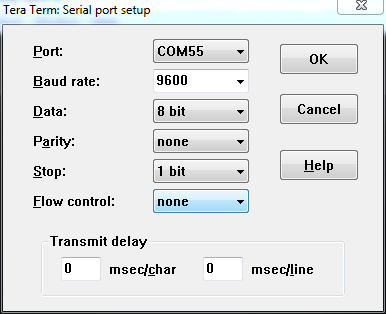- Related Questions & Answers

- Selected Reading

If you look at the function definition of open - open(name[, mode[, buffering]]), you'll see that it takes 3 arguments in Python 2, third one being buffering. The optional buffering argument specifies the file’s desired buffer size: 0 means unbuffered, 1 means line buffered, any other positive value means use a buffer of (approximately) that size (in bytes). A negative buffering means to use the system default, which is usually line buffered for tty devices and fully buffered for other files. If omitted, the system default is used.
- Jul 18, 2011 I was trying to find out if a VISA Close Function followed by a VISA Configure Serial Port vi function on the same serial port flushes the VISA I/O buffer or not. Sahil says, 'VISA Close would not clear the buffers' but I would think that the VISA Configure Serial Port, which opens the port, would flush the buffers.
- What is the procedure to clear (flush) the serial port buffer during a serial communication in c sharp? Apr 28, 2018 - PySerial API ¶ Classes¶ Native. This may only flush the buffer of the OS and not all the data that may be present. Implement a serial port read.
For example, If you want to open a file with a buffer size of 128 bytes you can open the file like this −
Clear output buffer, aborting the current output and discarding all that is in the buffer. Note, for some USB serial adapters, this may only flush the buffer of the OS and not all the data that may be present in the USB part. Changed in version 3.0: renamed from flushOutput sendbreak(duration=0.25) ¶.
In Python 3, the function definition of open is: open(file, mode='r', buffering=-1, encoding=None, errors=None, newline=None, closefd=True, opener=None). buffering is an optional integer used to set the buffering policy. Pass 0 to switch buffering off (only allowed in binary mode), 1 to select line buffering (only usable in text mode), and an integer > 1 to indicate the size in bytes of a fixed-size chunk buffer. When no buffering argument is given, the default buffering policy works as follows −

Python Flush Serial Port Buffer Size
Binary files are buffered in fixed-size chunks; the size of the buffer is chosen using a heuristic trying to determine the underlying device’s “block size” and falling back on io.DEFAULT_BUFFER_SIZE.
“Interactive” text files (files for which isatty() returns True) use line buffering. Other text files use the policy described above for binary files.
Ps/2 Port
The example for Python 3 is the same as Python 2. For example, If you want to open a file with a buffer size of 128 bytes you can open the file like this −



